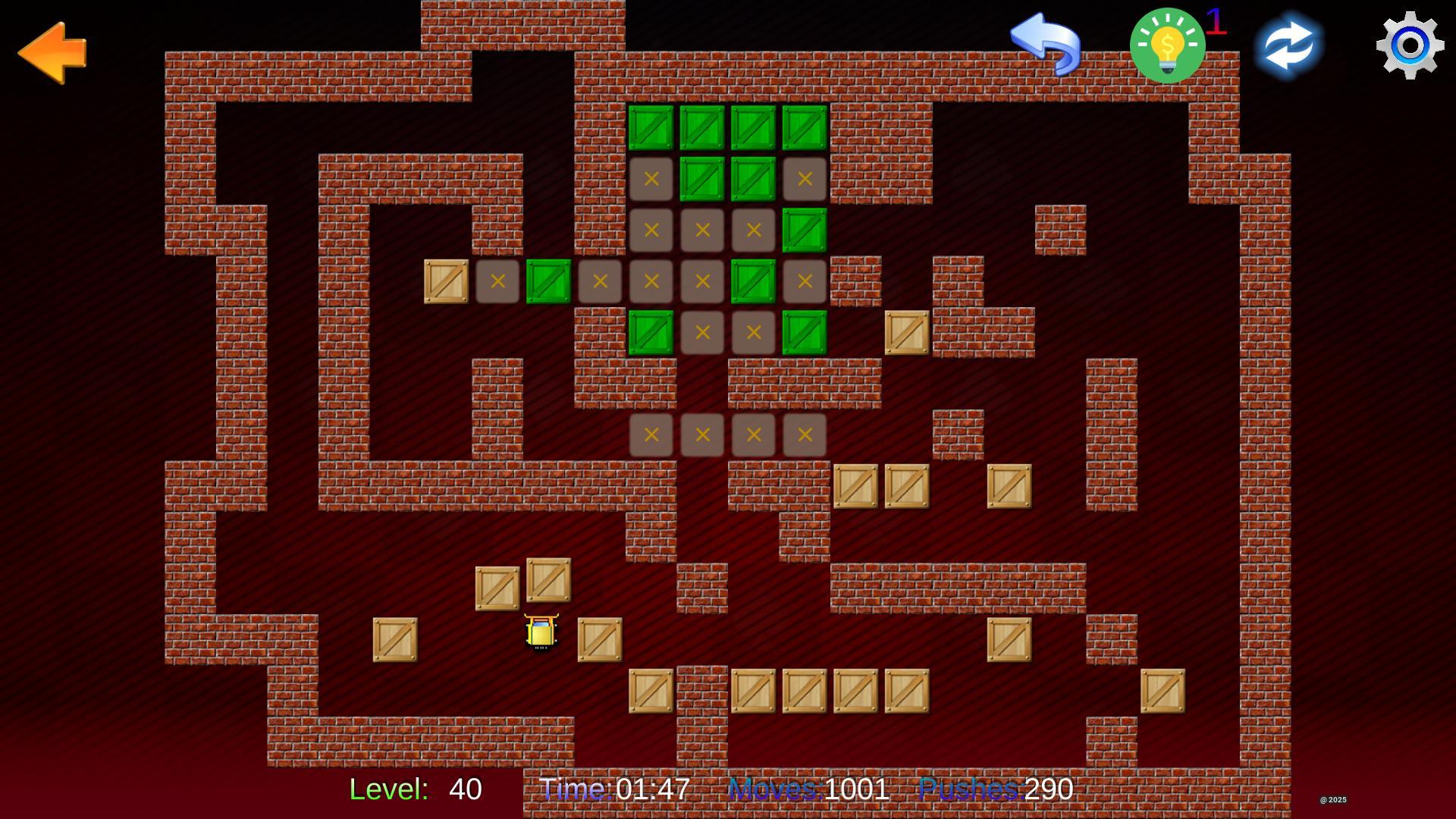Sokoban Puzzle Game - Where Strategy Meets Warehouse Wisdom
The Sokoban Puzzle Game stands as a masterpiece of deceptive simplicity, where the straightforward task of pushing boxes in a warehouse transforms into an intricate dance of strategy and foresight. Born in Japan during the 1980s, this ingenious brain-teaser challenges players to navigate through carefully designed mazes, pushing crates to their designated spots while grappling with the seemingly simple yet profound restriction of never being able to pull them back. What appears as a basic warehouse organization task quickly reveals itself as a sophisticated mental chess match, where every move must be calculated and even the slightest misstep can transform an apparent solution into an impossible predicament.
New Games


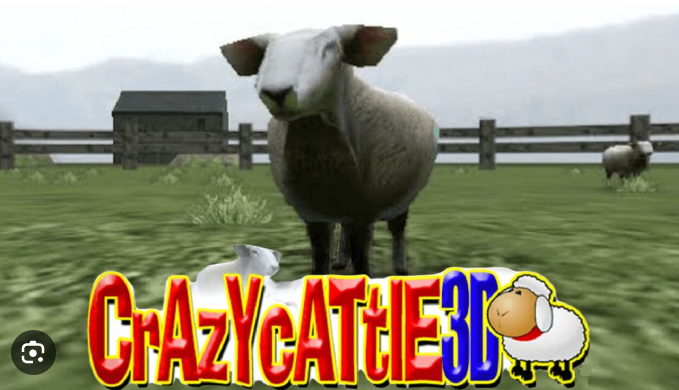


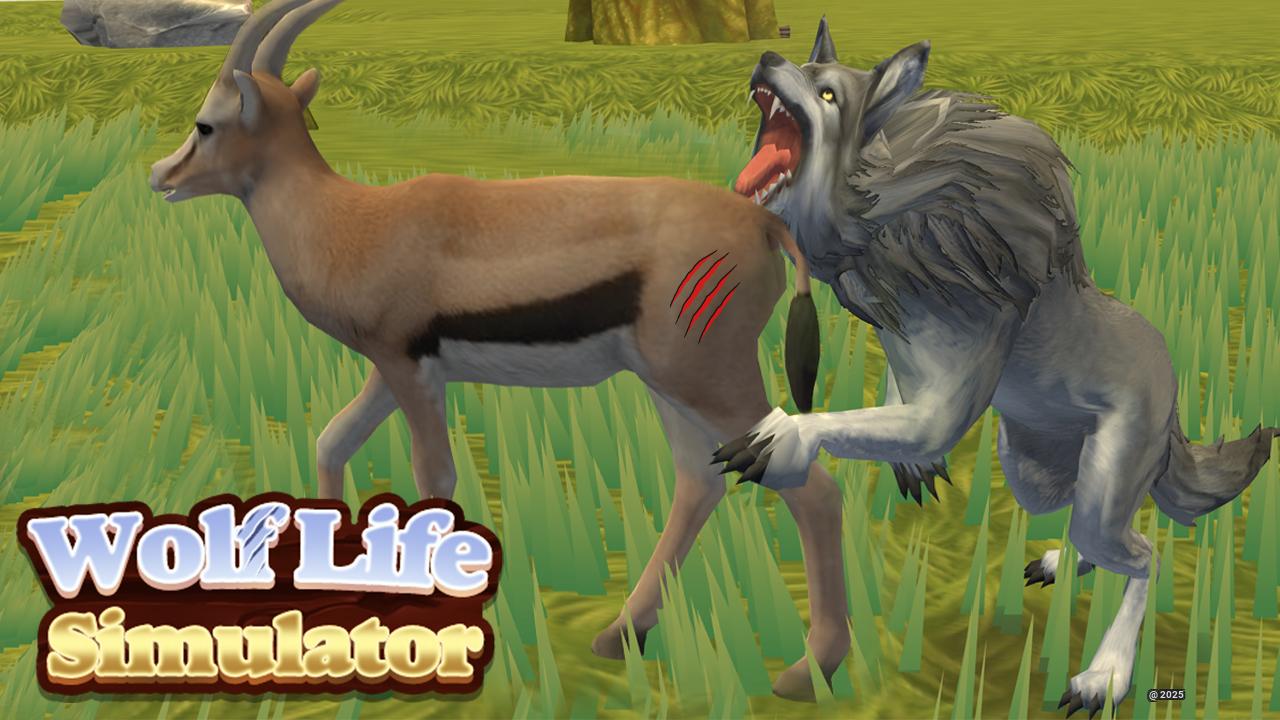

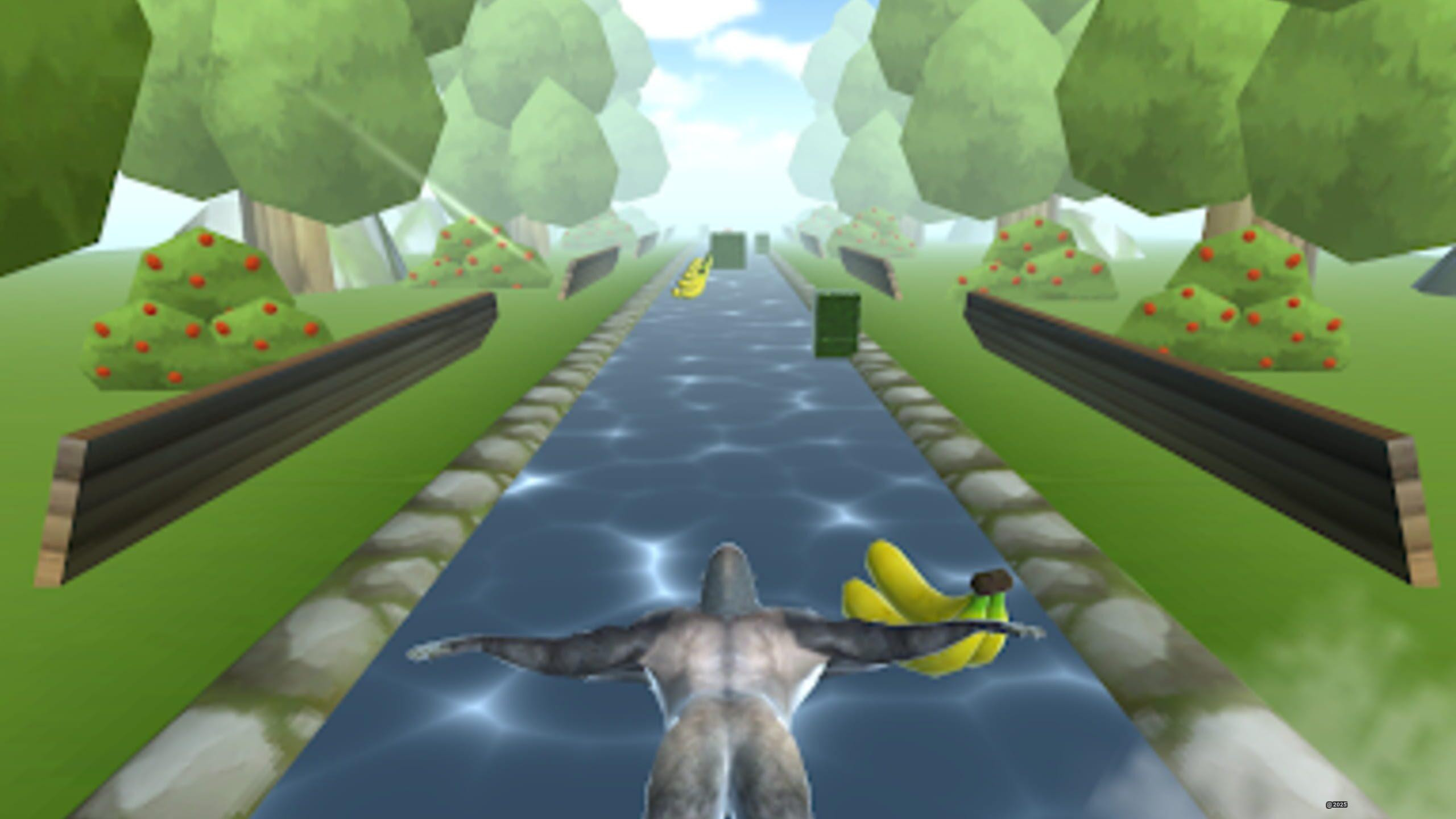
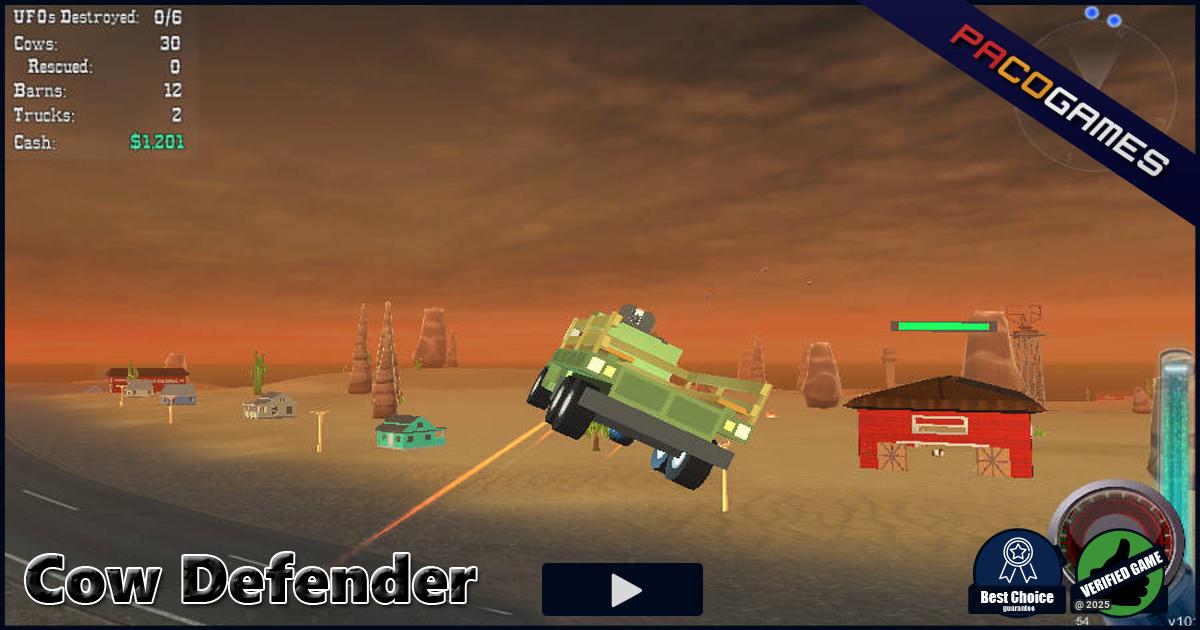


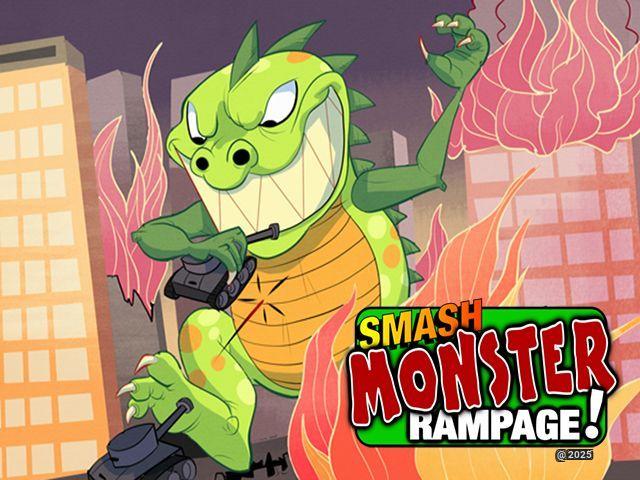
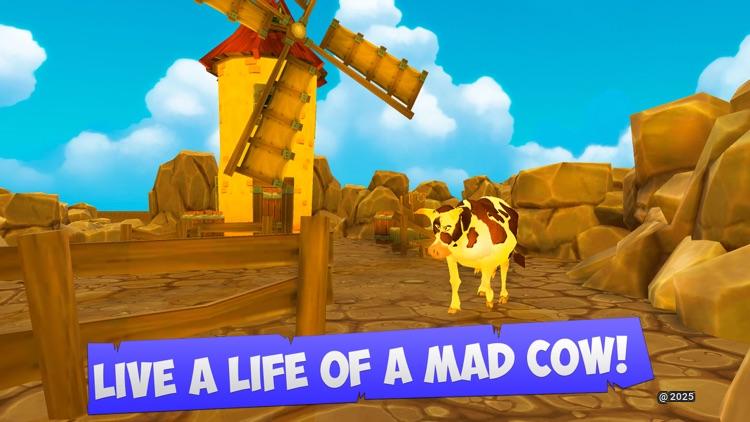
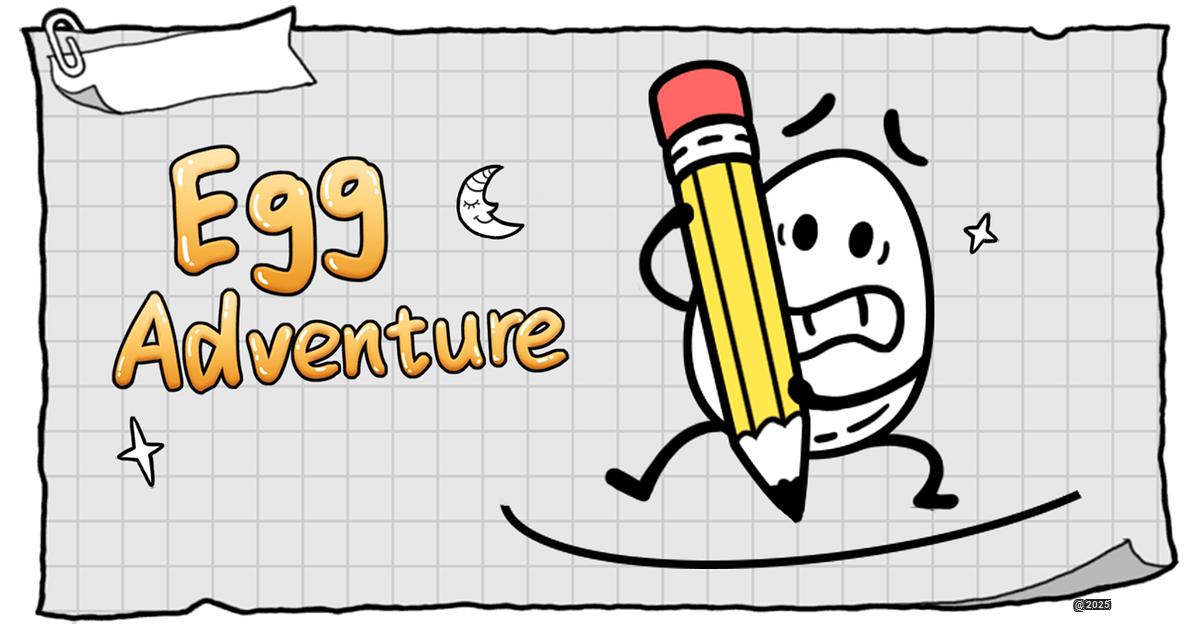
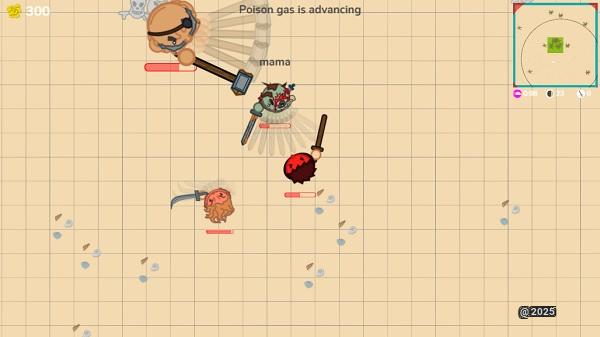


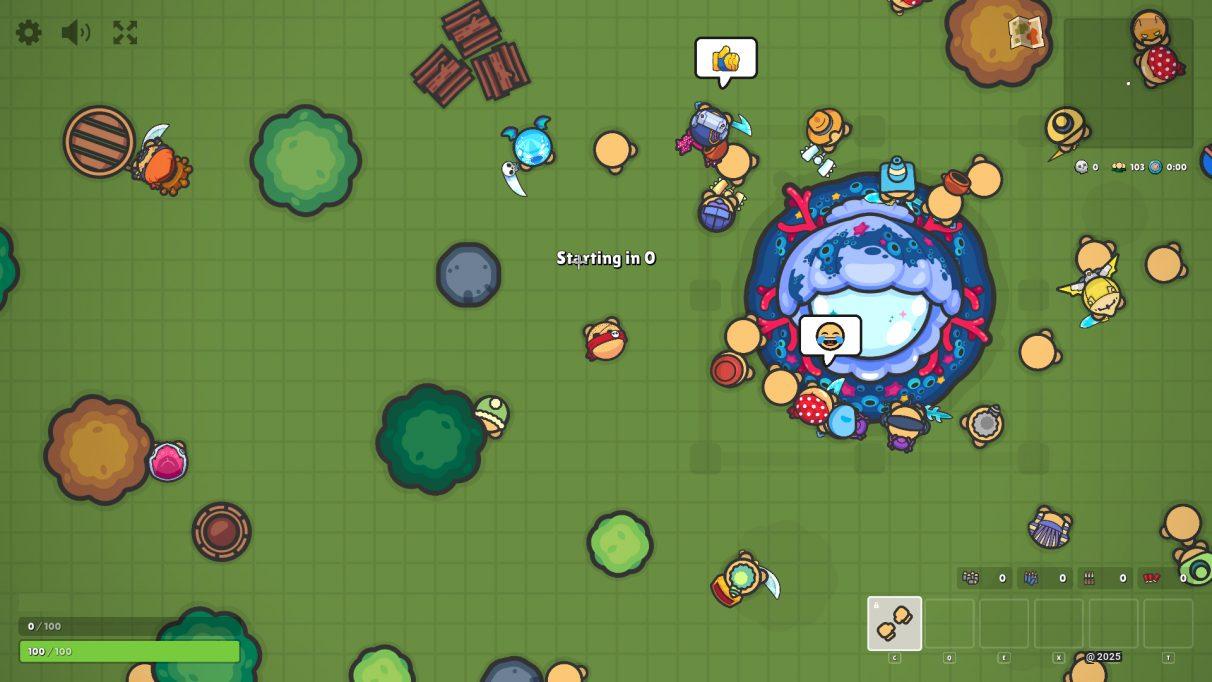
Picture yourself as a warehouse worker navigating a maze of crates. Your job sounds straightforward: push boxes to their designated storage locations. But there’s a catch—you can only push one box at a time, never pull them, and a single wrong move can leave you hopelessly stuck.
This Japanese puzzle game, born in the 1980s, has become a classic brain-teaser that balances accessibility with profound logical challenges.
What makes Sokoban stand out in today’s crowded puzzle game landscape:
- Each level is solvable with perfect moves—failure comes only from your decisions
- The mechanics require spatial thinking and planning several steps ahead
- No reflexes or timing required—just pure problem-solving
- Solutions often require counterintuitive moves and temporary “backwards progress”
- The game teaches you to recognize common patterns and situations
The beauty of Sokoban lies in how it creates complex puzzles from the simplest rules. Each level becomes a mental chess match where you must anticipate consequences three, five, or ten moves ahead.
And when you finally solve a particularly tricky level, the satisfaction is unmatched—you’ve outsmarted a puzzle that at first seemed impossible.
How to Play Sokoban
I love explaining Sokoban’s rules because they’re so simple yet lead to such rich gameplay. Push boxes to marked spots on the floor. You play as a warehouse worker who needs to organize boxes by pushing them around. Each level is like a little puzzle waiting to be solved.
Here’s a neat trick I learned - plan your moves before touching those boxes! You can move up, down, left, and right using either arrow keys or WASD. The catch? You can only push boxes forward, never pull them back. Trust me, this simple rule creates all sorts of interesting challenges.
| Basic Controls | Action |
|---|---|
| ↑ or W | Move Up |
| ↓ or S | Move Down |
| ← or A | Move Left |
| → or D | Move Right |
I’ve found that success comes from thinking ahead. Each box needs to reach a marked spot, and the order matters big time. Push a box into a corner without planning? You’ll have to start over. That’s why many modern versions include an “undo” button - a real lifesaver when you’re learning!
Game Features
Playing Sokoban today is a totally different experience from its early days. I’ve watched this game grow from simple 2D puzzles to amazing 3D versions with tons of cool features.
The clean interface lets me focus on solving puzzles without distractions. Most versions now save my progress automatically - such a relief when tackling those brain-bending later levels! There’s usually a level select screen too, so I can jump between puzzles if I get stuck.
Want to flex your creative muscles? Many newer versions let you build your own levels! I’ve spent hours crafting tricky puzzles for my friends. There’s something special about watching someone solve a level you designed.
Game Tips
First up - always scan the whole map before moving! I can’t count how many times I’ve messed up by rushing in without a plan.
Watch those corners! Pushing a box into a corner when it’s not supposed to go there is usually game over. I learned this one the hard way: boxes against walls can only move along that wall, so think carefully about each push.
Here’s my step-by-step approach:
- Check which boxes are closest to their targets
- Look for potential blocking positions
- Test moves mentally before making them
- Use the undo button if something goes wrong
- Work from the back of the room forward
History of Sokoban
The story behind Sokoban is fascinating! Back in 1981, Hiroyuki Imabayashi created this gem while working at Thinking Rabbit in Japan. The name “Sokoban” (倉庫番) literally means “warehouse keeper” - how fitting!
What started as a simple computer game exploded in popularity. Japan fell in love with it first, with sales hitting 400,000 copies before it even reached the US in 1988. I find it amazing how a Japanese warehouse simulation turned into a global brain-teaser phenomenon!
Did you know Sokoban is actually proven to be NP-hard? That’s computer science speak for “really tough to solve”! Scientists use it to study artificial intelligence and puzzle-solving algorithms. Pretty cool for a game about pushing boxes around!
Strategies for Advanced Players
Ready to take your Sokoban skills to the next level? After mastering the basics, I’ve discovered some advanced techniques that make seemingly impossible levels manageable.
The “tunnel” technique has saved me countless times. When pushing boxes through narrow passages, I always check if there’s enough room to maneuver on both ends. Sometimes I need to push a box partly through, then go around to pull it from another angle.
Pattern recognition is huge in advanced play. Certain box arrangements keep popping up, and learning their solutions speeds up solving new puzzles. I often sketch out my solution path mentally, identifying potential deadlock positions before they happen.
Here’s a powerful advanced concept - reversibility. Sometimes the best way to solve a puzzle is working backwards! I imagine where the boxes need to end up and trace possible paths back to their starting positions. This technique has helped me crack some of the toughest levels.
Similar Games
Final Words
Sokoban stands as a testament to how exceptional puzzle design transcends time. Since its 1981 creation by Hiroyuki Imabayashi, this warehouse simulation has evolved from a Japanese computer game into a global phenomenon that challenges minds across generations.
What makes Sokoban remarkable is its perfect balance of accessibility and depth. The rules are refreshingly simple—push boxes to marked spots without getting stuck—yet the strategic thinking required creates deeply satisfying gameplay. Players must visualize multiple moves ahead, recognize patterns, and sometimes make counterintuitive decisions to succeed.
The game demands pure logical reasoning rather than quick reflexes, making it approachable for all ages while still challenging enough for dedicated puzzlers. Modern versions enhance the original formula with customizable levels, automatic progress saving, and undo functions, but the core mechanics remain unchanged.
For newcomers and veterans alike, success comes from methodical approaches: scanning the entire level before moving, avoiding corner traps, and working methodically from back to front. Advanced players develop specialized techniques like the “tunnel” strategy and backwards planning.
Sokoban proves that true puzzle brilliance doesn’t require flashy graphics or complex rules—just a perfectly crafted challenge that keeps your brain engaged for decades.


